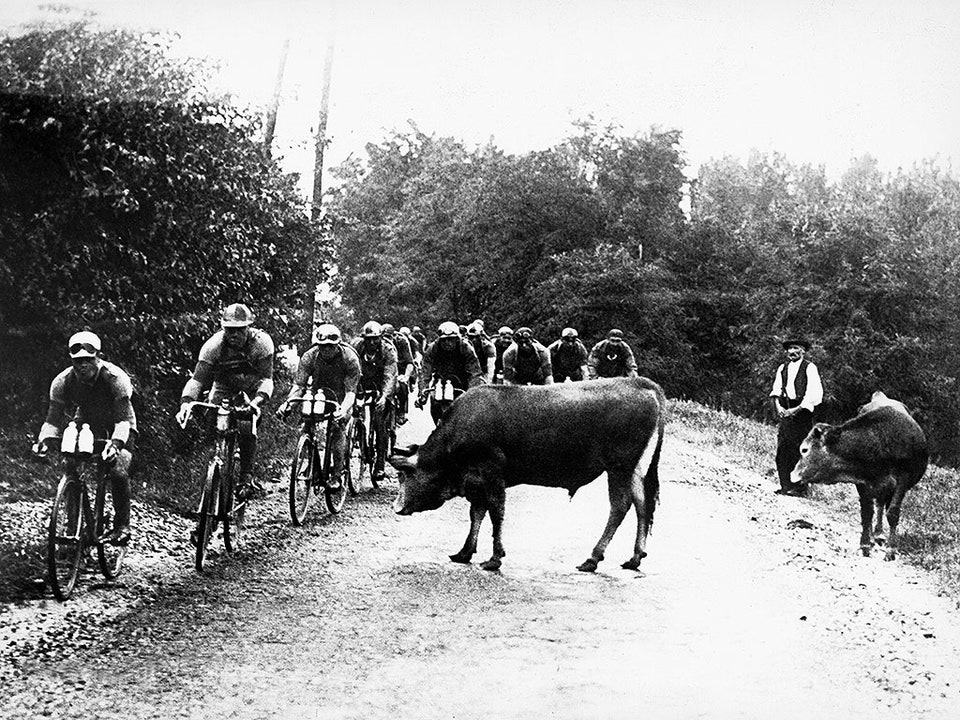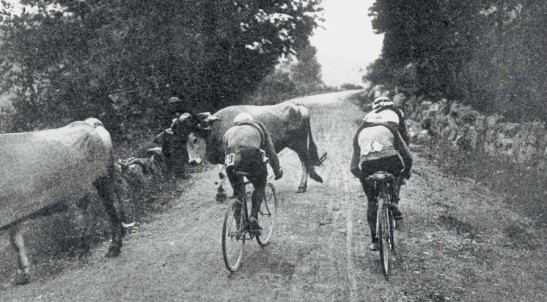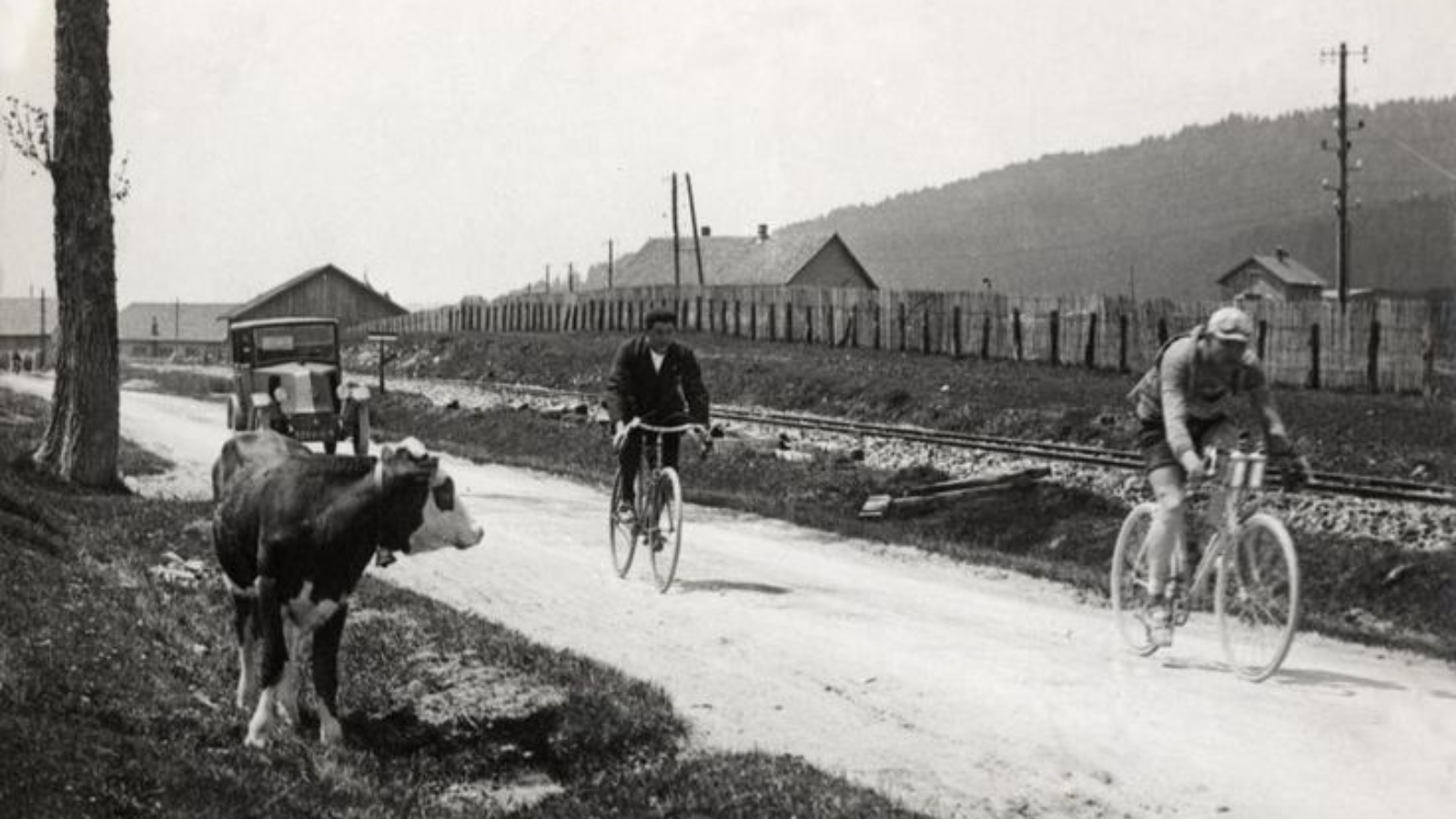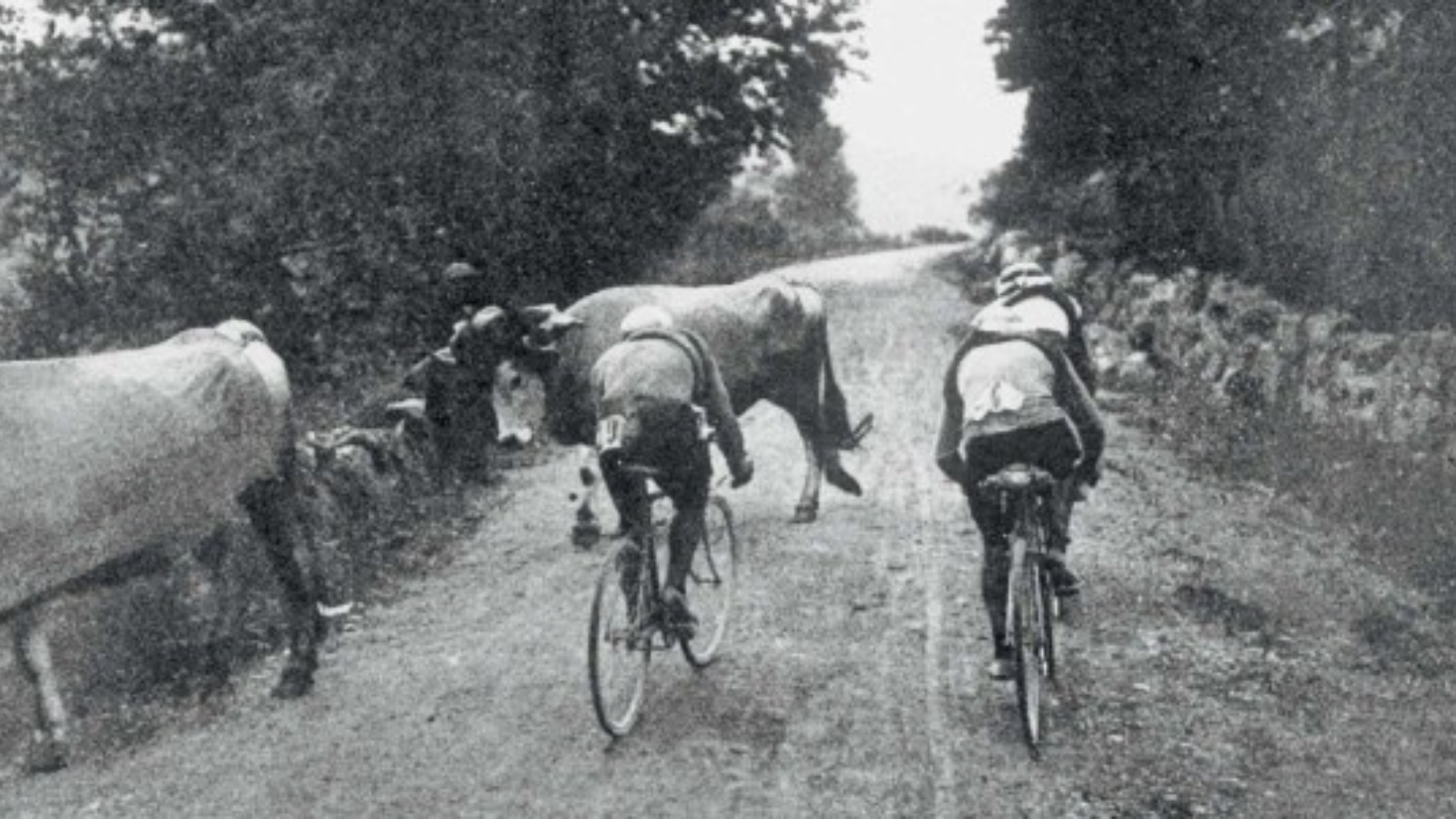Nowadays, one of the basic things organizers of a cycling race have to prepare for is to make sure, that no one else uses the same roads during the event. Of course, errors can still happen at any time, but this is one of those basic things that define modern-day cycling races.

Very few other sports reflects the changes in everyday life during the past century so plainly, like professional road cycling races do. Organizers have to secure the route of the races, because roads are crowded with cars, trucks, buses, etc. On the other hand, this seems relatively easy to calculate and execute, because most of the time the peloton is compact, and the time gaps between smaller groups, for example, between the group of escapees and the main bunch are relatively small,

During the early days, road cycling races were professional events either, only
they had to adjust themselves to a bit different world
and calculate with a different rhythm of both teveryday life and the nature of cycling competitions.

Roads were untarmacked, and unlike the bicycle, which became useful for every social class in some way, cars were rather luxury products, or at least, they didn’t rule the roads as they do nowadays.
Cycling races were longer and less compact, especially at the Tour de France, where Henri Desgrange, the “founding father” of the race was obsessed with the idea, that cycling is an individual sport, thus everyone has to ride on their own, and no teamwork was welcomed. Tour de France stages were over 300 km, or sometimes over 400 km long, lasted usually a half day to complete, and the gaps between the riders were quite large.
No wonder, that among those circumstances, cycling races contacted everyday life on a different level.
And everyday life, especially in the more rustical regions of France, of course, involved animals.
Even nowadays, when Tour de France visits the Alpes or the Pyrenees, it can happen easily, that suddenly cows occupy the road. (A few years ago Warren Barguil had an interesting encounter with them.)
100 or even more years ago it must have been a common part of the race, even when for our modern eyes it seems to be a curiosity.
MORE TOUR DE FRANCE IN THE FIRST HALF OF THE 20TH CENTURY
[su_posts posts_per_page=”13″ tax_term=”454,605,380″ order=”desc”]
